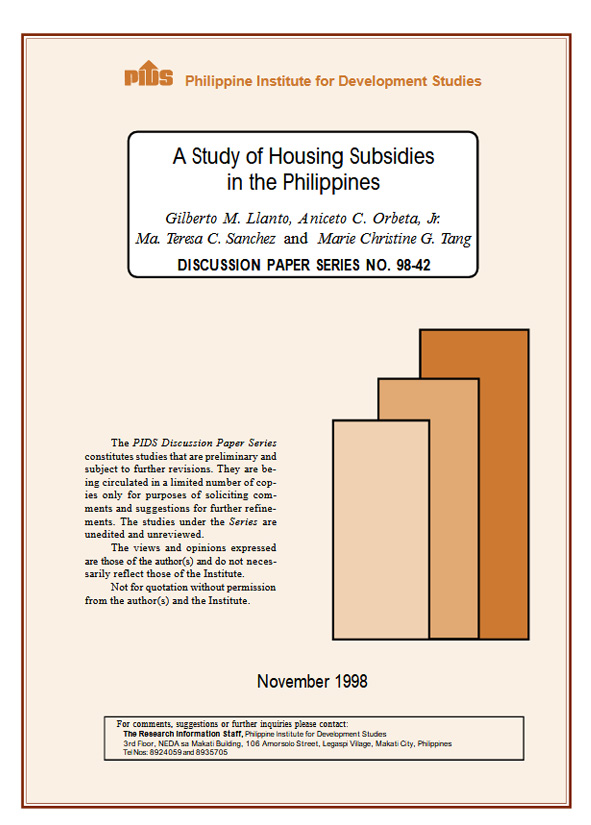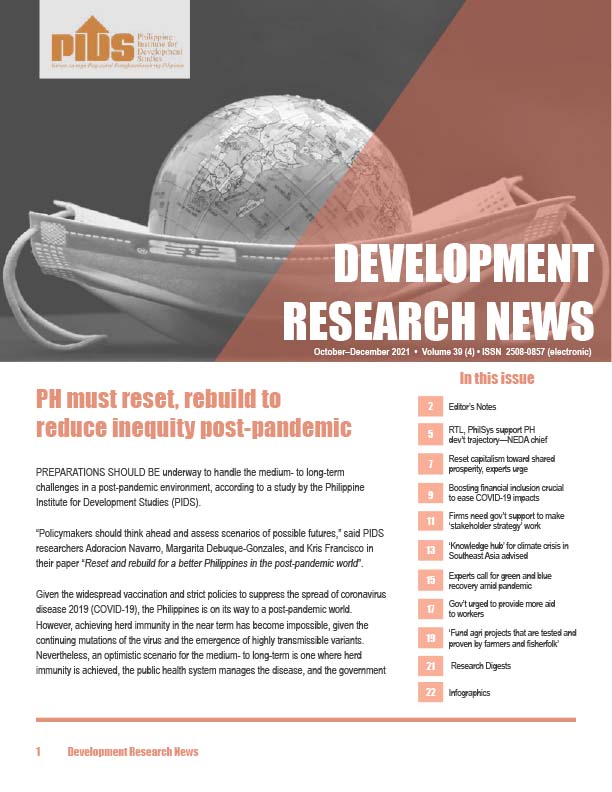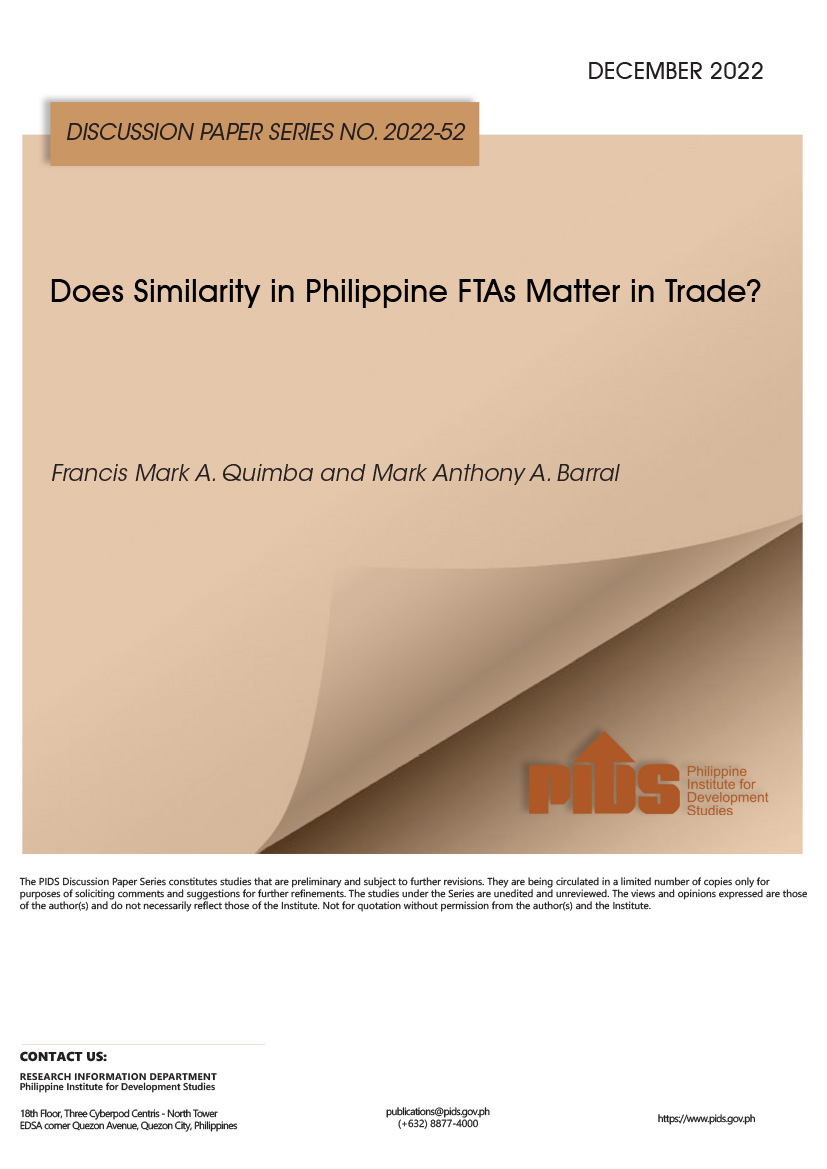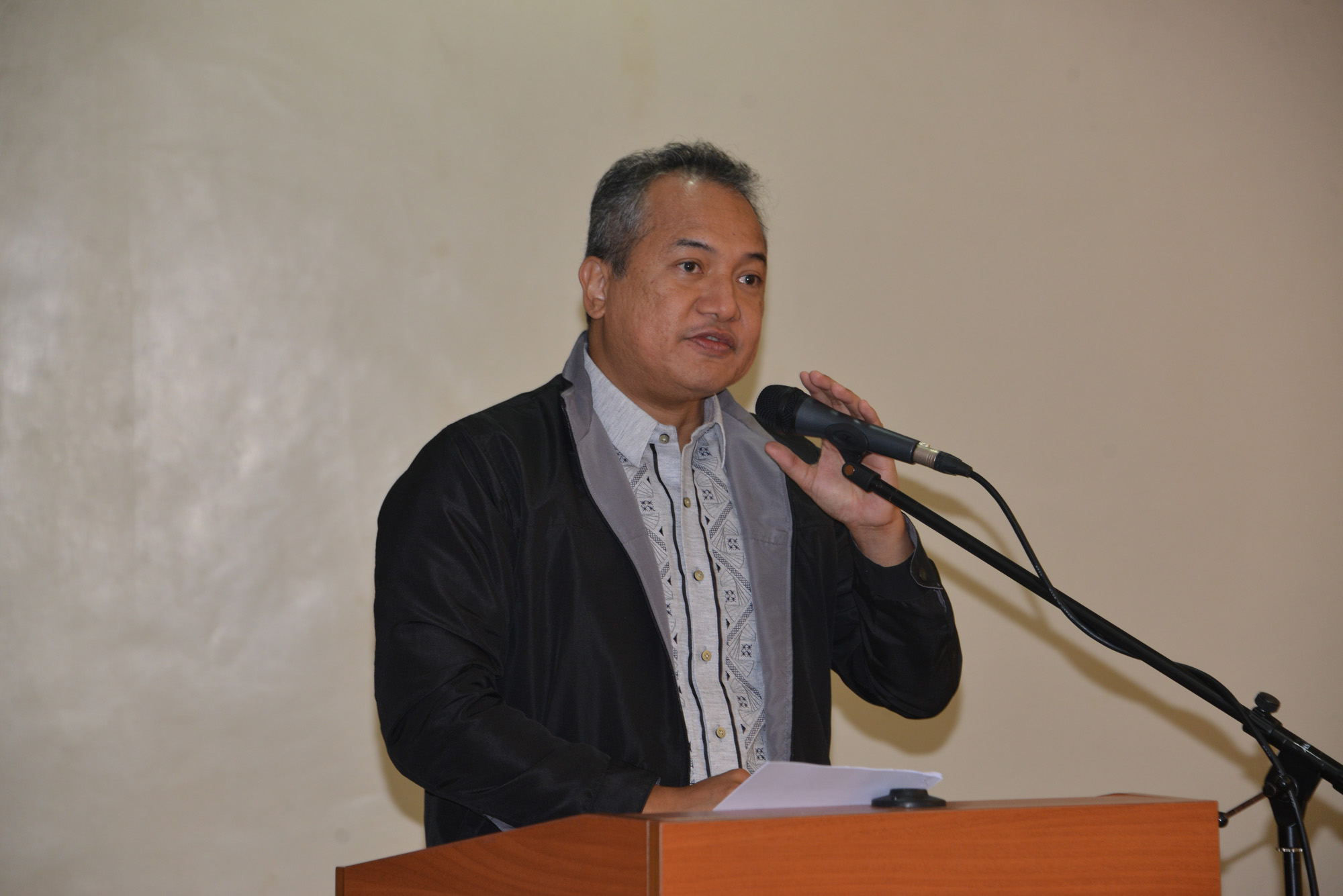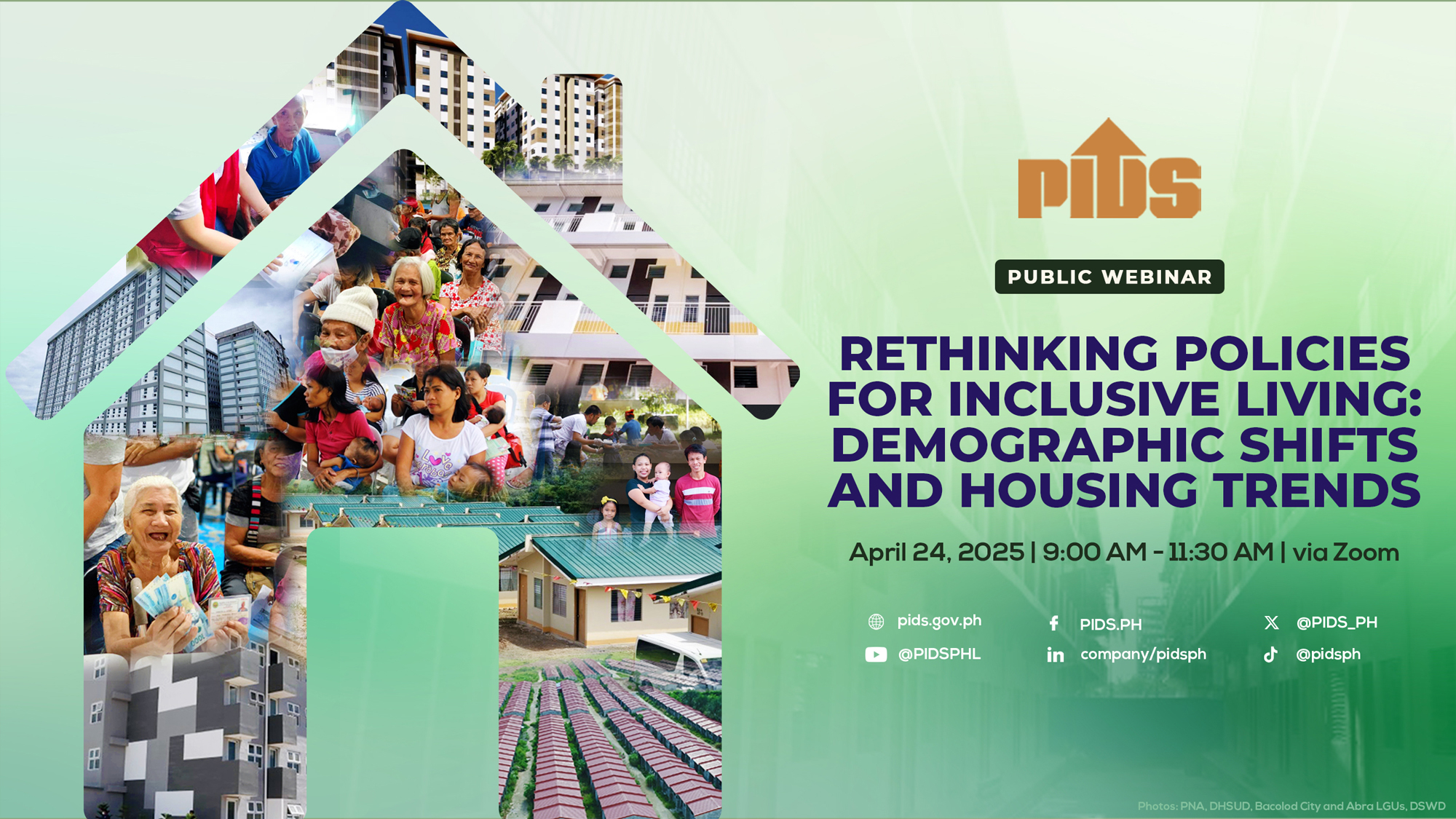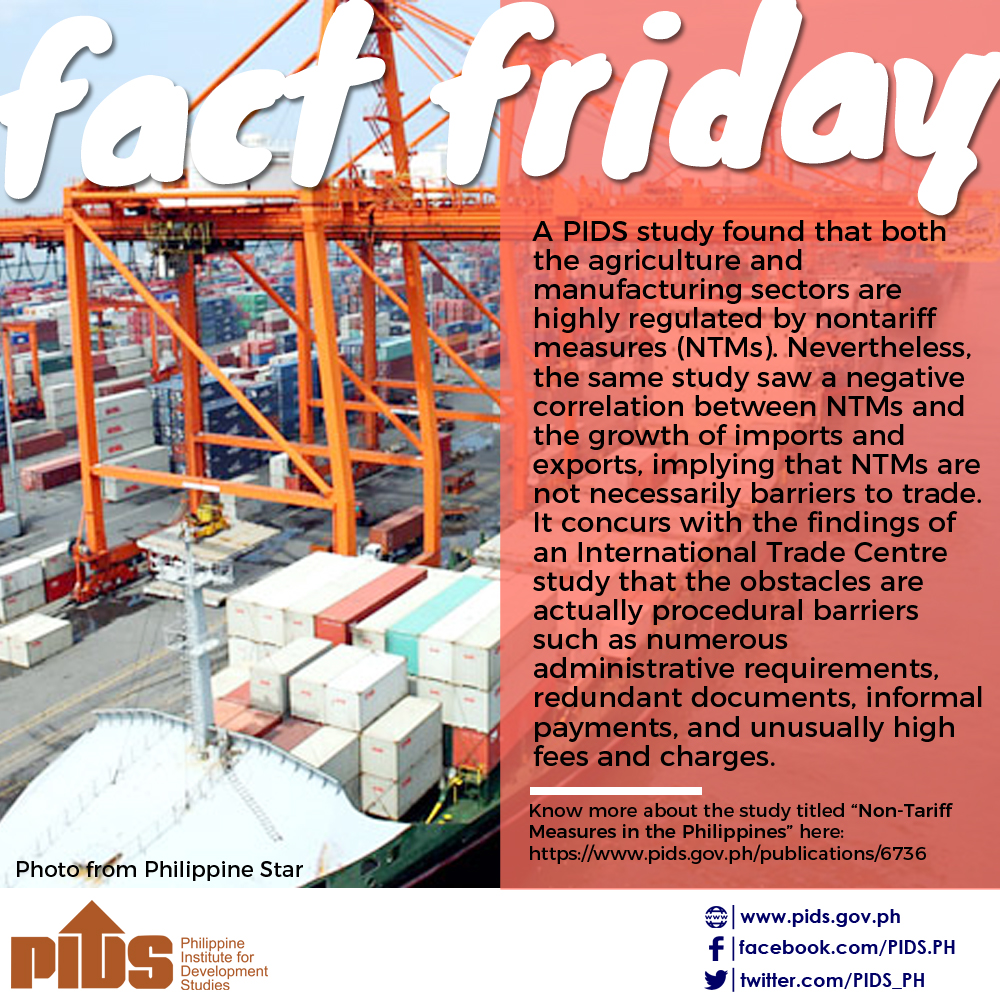The government has estimated big amount of money for building new housing units and renovation/upgrading of old housing units for the 1993-1998. The rapid formation of new households has contributed to an acute demand for housing. Hence, the existence of demand-supply gap, mostly prominent in the lower end of the housing market. This engenders government intervention in the form of regulation, production and financing measures. This study reviews housing subsidy program. In particular, the study aims to measure the different types of subsidies provided in the housing sector, determine the incidence of benefits of the subsidies/identify who bears the burden of subsidies and recommend alternative options for providing subsidies to the most deserving beneficiaries.
Citations
This publication has been cited 3 times
- Ballesteros, Marife M.. 2001. The dynamics of housing demand in the Philippines: Income and lifecycle effects. Discussion Papers DP 2001-15. Philippine Institute for Development Studies.
- Ballesteros, Marife M.. 2002. The dynamics of housing demand in the Philippines: Income and lifecycle effects. Research Paper Series RPS 2002-01. Philippine Institute for Development Studies.
- Lamberte, Mario B. and Josef T. Yap. 1999. Scenarios for economic recovery: The Philippines. Discussion Papers DP 1999-05. Philippine Institute for Development Studies.

